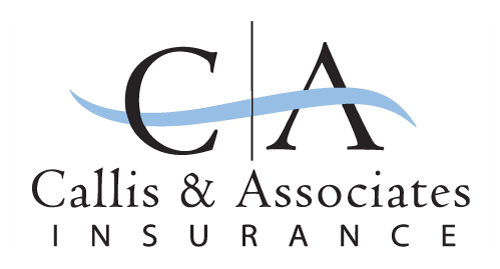
In a job market with very low unemployment, today’s employers have to work harder in order to retain high-quality workers. But as a small business, you undoubtedly worry about the cost of paying for employee benefits. Why should you find a way to do what you can to provide benefits? And how can you attack this problem while keeping expenses reined in? Here are a few answers.
Why Provide Benefits?
Employee benefits are obviously all about benefiting your workers. But they have components that help your business too. First and foremost, as mentioned earlier, valuable employee benefits help lure good workers and keep them from jumping ship.
In fact, benefits may be a better way to spend your payroll dollars rather than just offering higher wages. For each additional dollar paid, the employer pays an additional percentage of Social Security and Medicare taxes, higher workers’ compensation costs, federal and/or state unemployment taxes, and the expenses of outsourced payroll services.
Instead, add value to paychecks without incurring significant new costs.
Benefits also help workers keep on working for your business with efficiency and reduced stress. Life and accident insurance help breadwinners know that their families are taken care of. Health insurance keeps employees and dependents healthy and able to work. Flexible spending arrangements can provide childcare. And educational reimbursements help people learn the skills your company needs.
How Can You Start Providing Benefits?
So, if employee benefits provide good value both to you and your staff, how can a small business start offering them? The best way is to implement a three-part plan.
Step one is to start with benefits that cost nothing to the company. Flexible schedules or remote work, for instance, are a highly attractive perk that generally costs the company little or nothing to put in place, besides some possible inconvenience.
You might offer a Cafeteria Plan or Flexible Spending Account that employees fund themselves. The employer is generally only obligated for the cost of administration.
Step Two, then, is to move on to low-cost offerings. Reimbursing a gym membership helps people stay healthy and happy while costing very little. Or you could designate an area on your site where a small gym can be set up solely for employees.
Vision or dental health insurance coverage is also relatively inexpensive for employers. Life Insurance is a low cost benefit that makes employees feel valued. And you can contribute to employees’ Health Savings Accounts or dependent care plans as little as once per year.
Where Should You Go Next?
As you offer these low-cost perks, Step Three is to work with employees to determine what benefits will motivate them the most. Many employees highly value paid vacation and sick leave, group health insurance, and educational cost assistance. Knowing this gives you a goal and way to focus your money where it will do the most good for the least investment.
Today’s employers have many new ways to help them provide even more expensive benefits — particularly health insurance — than before. So don’t give up. You may be able to use things like tax breaks, alternative contributions arrangements (such as a Health Reimbursement Arrangement), insurance cooperative groups, or limited benefit plans to make it work.
Where Can You Get Help?
Are you ready to start providing better benefits? Begin by consulting with an experienced Employee Benefits Professional. For this complicated subject, you need someone who knows all the options and always keeps up with new ideas.
At Callis Insurance, our Benefits Professionals can help. Whether you need to start with as much cost savings as possible or your business is ready to dive into richer benefits, we will guide you through the process. Call today to make an appointment.


